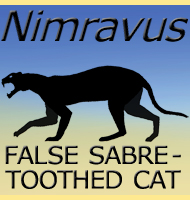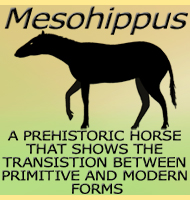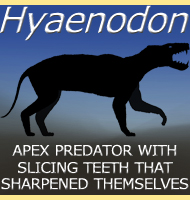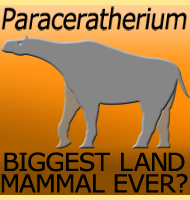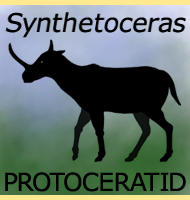


Palaeocastor
Name:
Palaeocastor
(Ancient beaver - inspired by the genus name Castor, which
represent a modern beaver).
Phonetic: Pay-lay-oh-kass-tore.
Named By: Joseph Leidy - 1869.
Synonyms: Capacikala sciuroides,
Steneofiber nebrascensis, Steneofiber peninsulatus, Steneofiber
sciuroides
Classification: Chordata, Mammalia, Rodentia,
Castoridae, Palaeocastorinae.
Species: P. nebrascensis, P.
peninsulatus, P. magnus.
Diet: Herbivore.
Size: About 25 - 30 centimetres long.
Known locations: USA, Nebraska, Oregon, South
Dakota and Wyoming.
Time period: Rupelian of the Oligocene through to
the Aquitanian of the Miocene.
Fossil representation: Multiple individuals.
Palaeocastor
is most famous for the elaborate spiral burrows (popularly known as
devil’s corkscrews) that it actually dug out using its teeth instead
of its claws. These burrows were discovered long before the first
specimen of Palaeocastor was identified, and had
previously been
interpreted as being the fossilised remains of aquatic sponges or a
previously unknown type of vegetation. It was not until the remains
of a Palaeocastor was actually found inside of one
of these structures
however until the real function became apparent. Palaeocastor
are
believed to have dug these burrows out using their teeth because the
scratch patterns inside of these burrows match the form of their
teeth. Because these burrows spiral down into the ground for as much
as three meters below the surface, they would have been very good
protection from the mammalian predators of the time, such as
nimravids,
creodonts and amphicyonids.
Palaeocastor
does not seem to have been as aquatic as the modern beaver genus Castor
and this idea comes from the general construction of the burrow which
is straight down into the ground. Modern beavers build a lodge out of
wood, rocks and mud, the entrance to which is planned to be
underwater. Aside from this, Palaeocastor was
still very much like
a beaver in overall form. Study of Palaeocastor
has also resulted in
the idea that it was one of the few rodents to employ a k-strategy to
reproduction. K-strategy is where the parent animals actually invest
a greater amount of time and effort into just razing a small number of
young which will accompany their parents until they are almost fully
grown. This is in contrast to most other rodents that repeatedly
produce large litters of young because their species mortality from
predators is so high (r-strategy).
Further reading
- Notice of remains of extinct Mammalia, discovered by Dr. F.
V. Hayden in Nebraska Territory, Joseph Leidy - 1856.
- A large Palaeocastor from the Lower Miocene,
A. S. Romer
& J. T. McCormack - 1928.
----------------------------------------------------------------------------
Random favourites
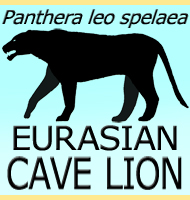 |
 |
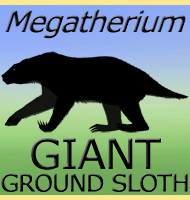 |
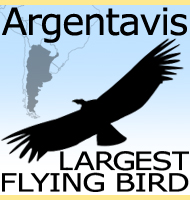 |
